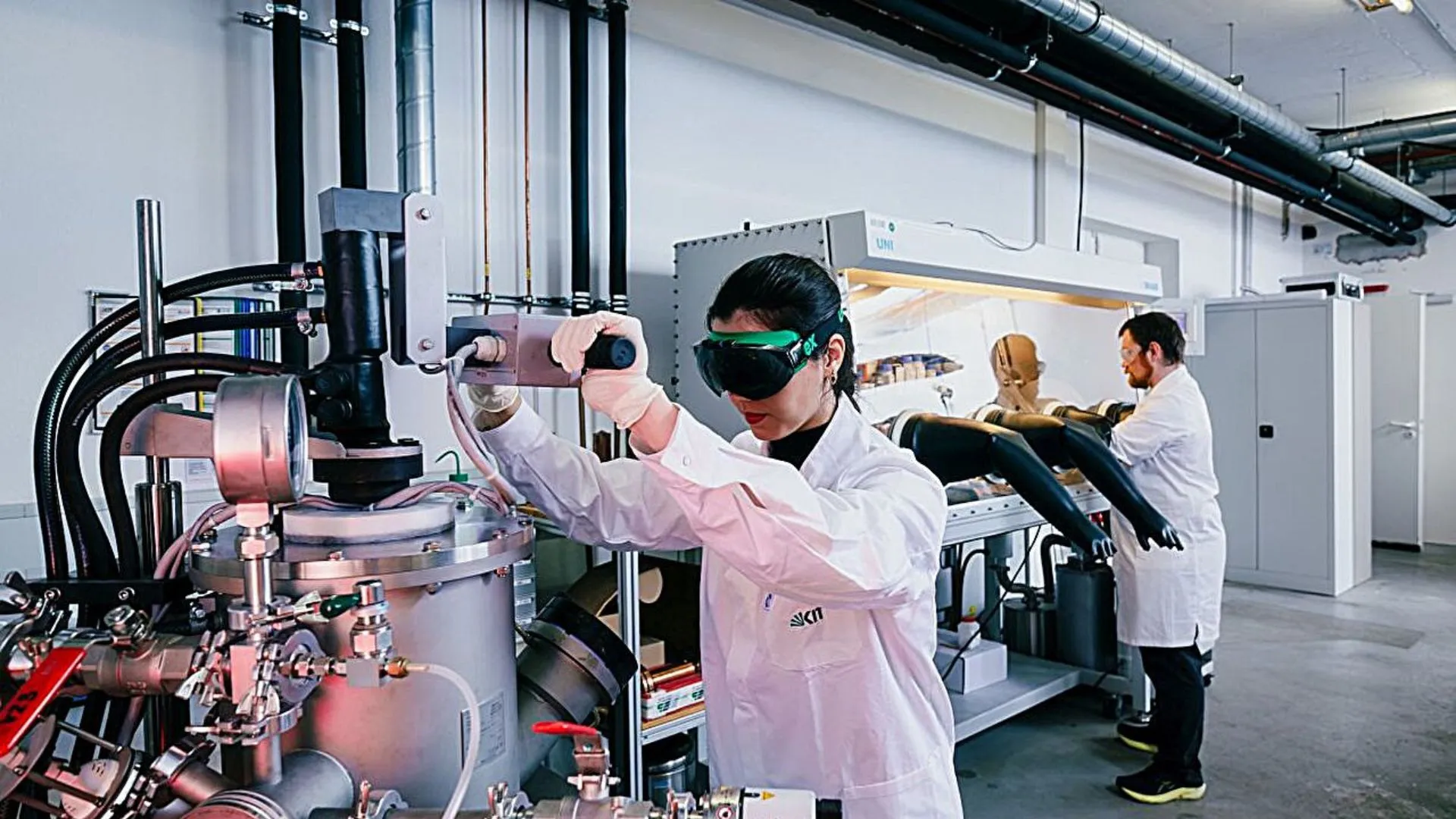
Future designs of aircraft engines and gas turbines may soon see a significant improvement.
Researchers at the Karlsruhe Institute of Technology (KIT) in Germany have developed a novel refractory metal-based alloy composed of chromium, molybdenum, and silicon.
It possesses a unique and powerful combination of properties never before seen in this class of metals.
Particularly, the material has a high melting temperature of roughly 2,000°C (3,632°F), which ensures stability at high temperatures.
New metal alloy solves previous issues
Metallic high-heat-resistant materials are essential for aircraft engines, gas turbines, and X-ray units.
Ideally, engineers would use refractory metals like tungsten, molybdenum, and chromium.
Major drawbacks restrict the widespread use of these metallic materials.
For instance, these materials are brittle at room temperature, rapidly oxidize, and fail between 600°C (1112°F) to 700°C (1292°F) when exposed to oxygen.
For this reason, the use is limited to complex vacuum conditions, such as X-ray rotating anodes.
Due to these problems, engineers have relied on nickel-based superalloys for decades. These are the standard materials for high-temperature components like gas turbines.
“The existing superalloys are made of many different metallic elements, including rarely available ones, so that they combine several properties. They are ductile at room temperature, stable at high temperatures, and resistant to oxidation,” said Professor Martin Heilmaier from KIT’s Institute for Applied Materials–Materials Science and Engineering.
“However—and there is the rub—the operating temperatures, i.e., the temperatures in which they can be used safely, are in the range up to 1,100°C (2,012°F) maximum. This is too low to exploit the full potential for more efficiency in turbines or other high-temperature applications. The fact is that the efficiency in combustion processes increases with temperature,” Heilmaier explained.
The team addressed this challenge with the new chromium-molybdenum-silicon alloy.
Suitable for aviation
The researchers state the alloy features “hitherto unparalleled properties.”
Importantly, it is ductile (not brittle) at ambient temperature. The material also has an extremely high melting temperature of roughly 2,000°C.
Furthermore, unlike previous refractory alloys, it “oxidizes only slowly.” This holds even in the critical temperature range.
“This nurtures the vision of being able to make components suitable for operating temperatures substantially higher than 1,100°C,” said Dr. Alexander Kauffmann, now professor at the Ruhr University Bochum.
He believes the research can potentially enable a “real technological leap.”
The impact on fuel consumption could be significant for aviation.
Professor Heilmaier stated that raising the temperature in a turbine by just 100°C (180°F) can reduce fuel consumption by about 5%.
The new alloy allows higher operating temperatures, which could benefit the aviation industry.
Despite technological advancements, electrically powered airplanes will likely remain unsuitable for long-haul flights over the next few decades.
Since standard jet fuel combustion will continue to power intercontinental travel, reducing fuel consumption will enhance the industry’s efficiency and environmental goals.